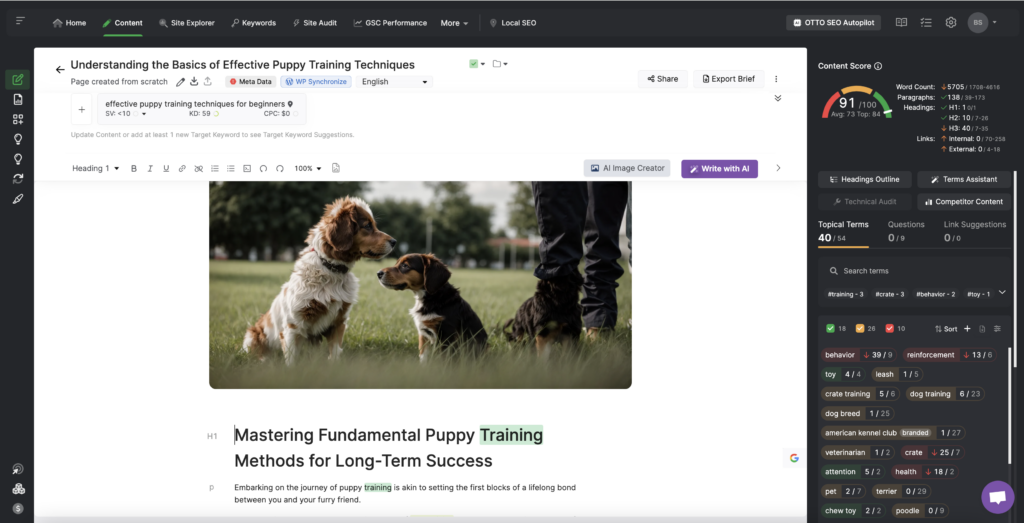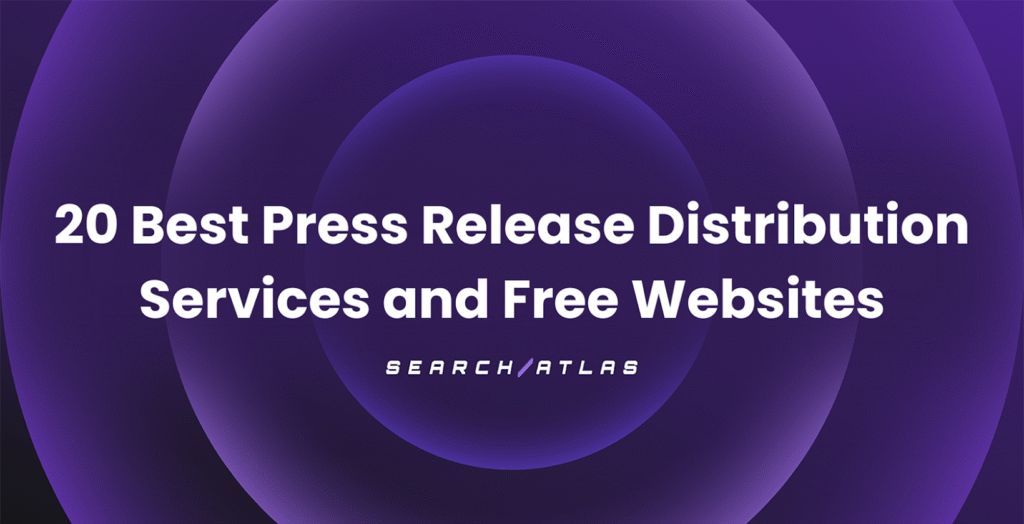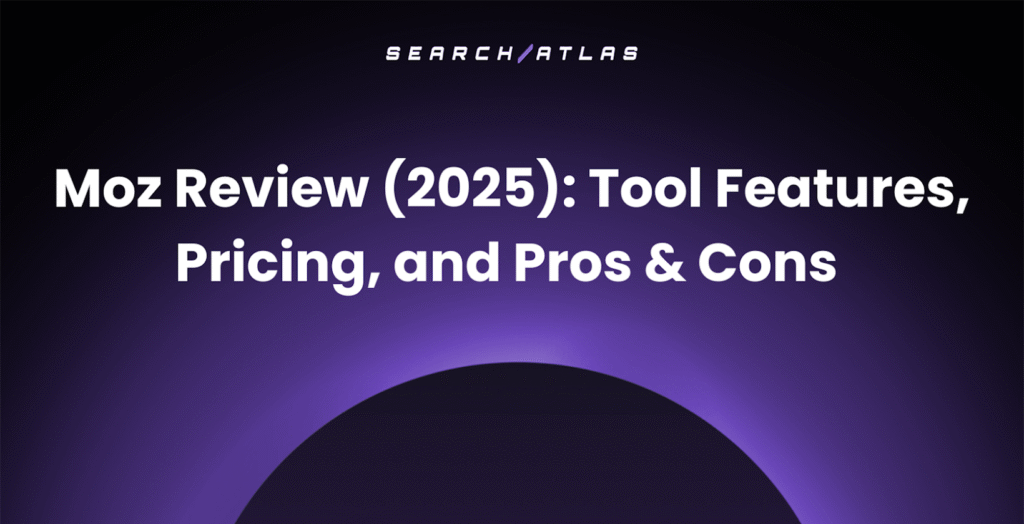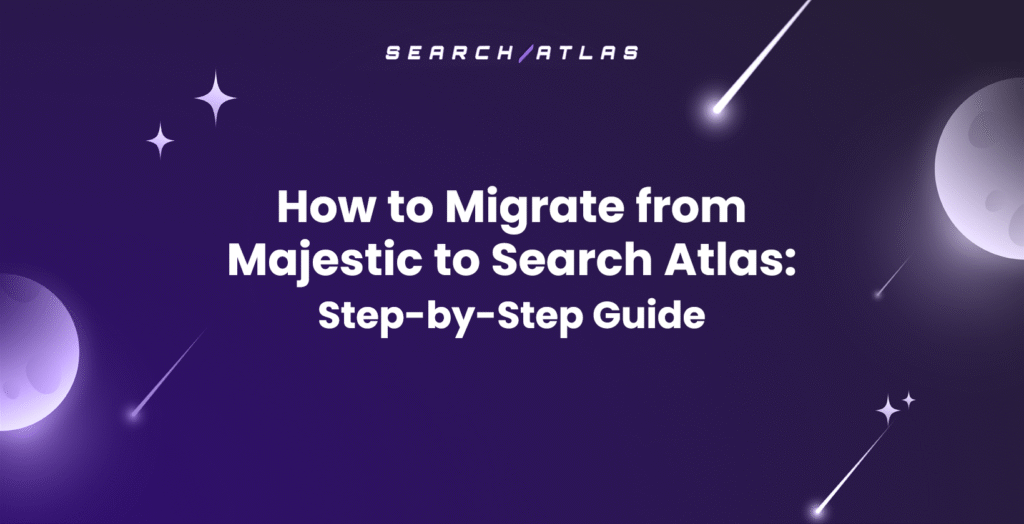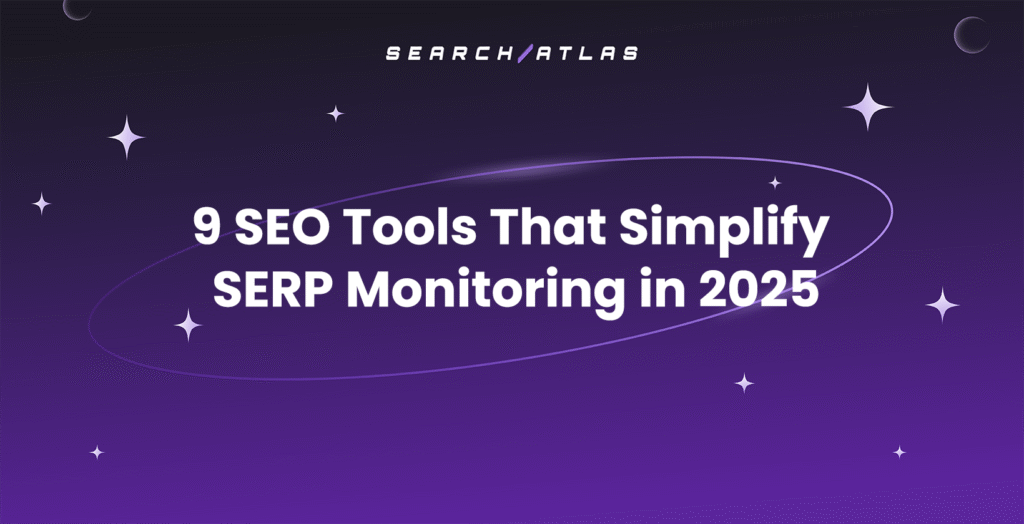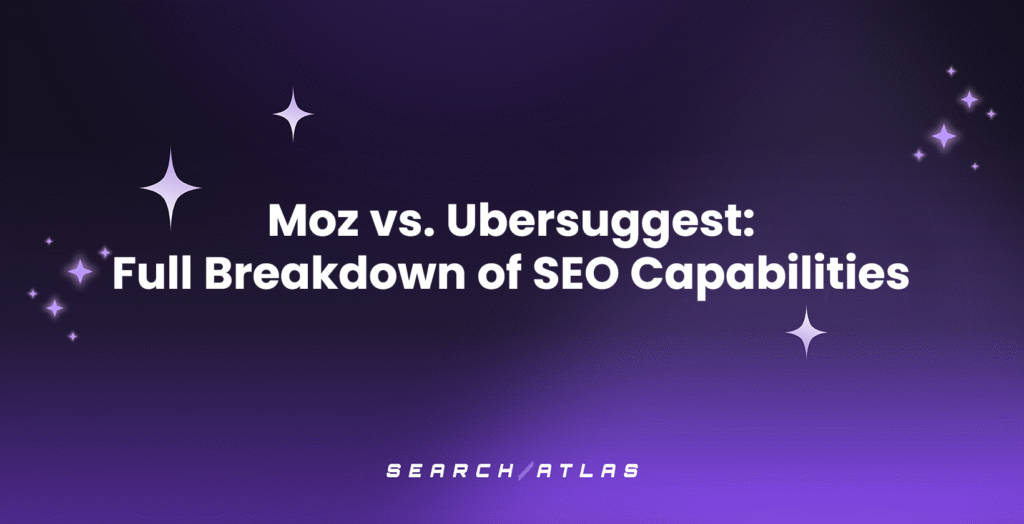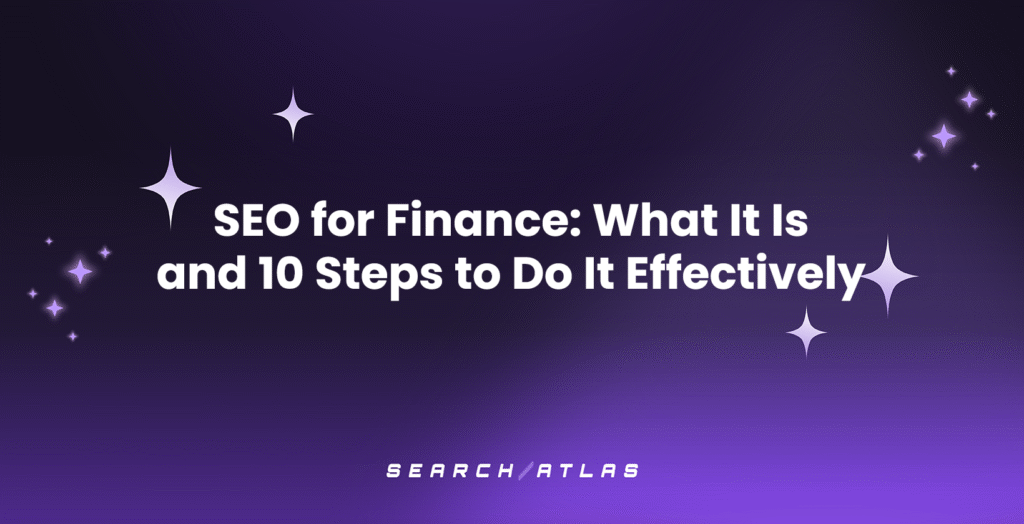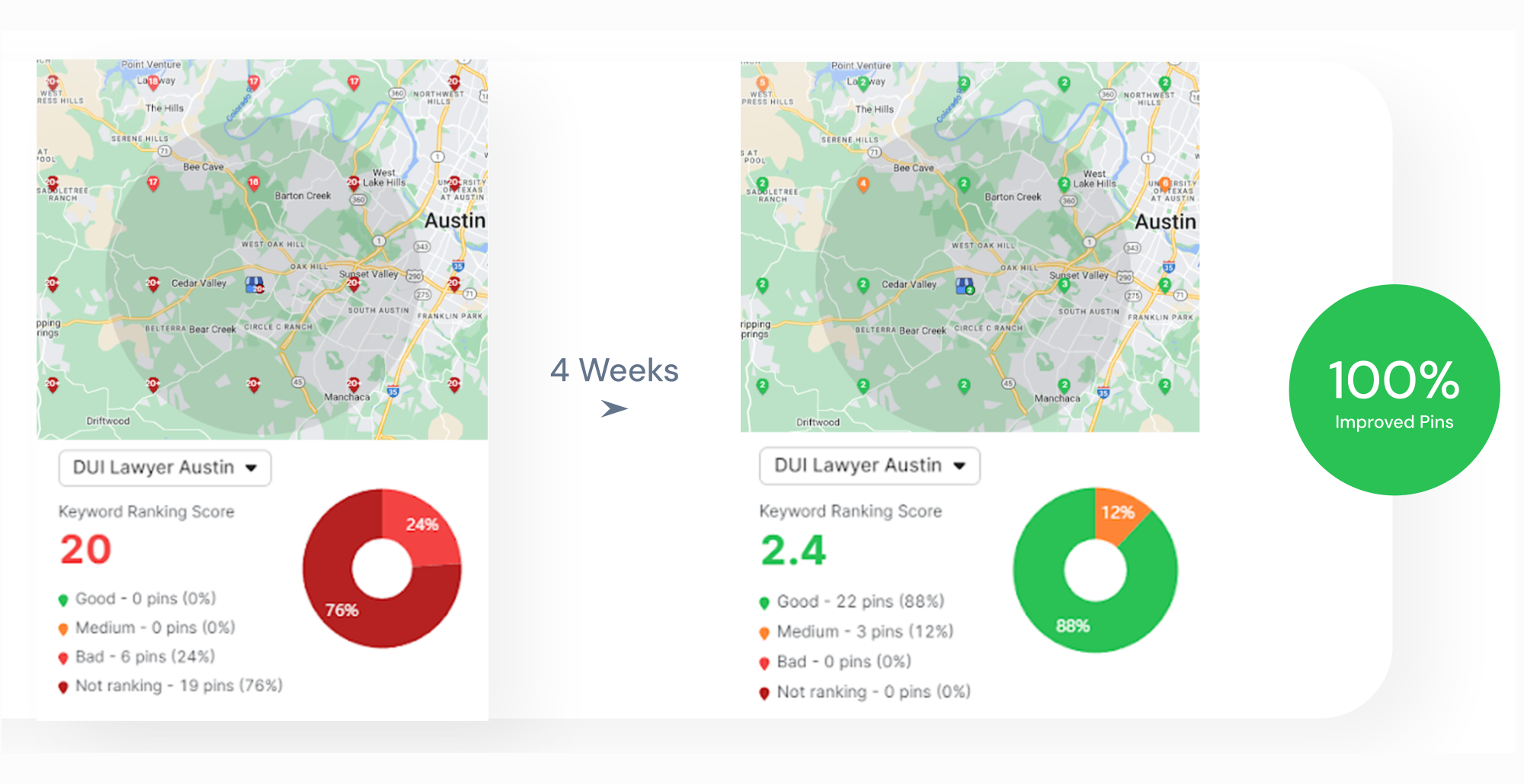Are you struggling with the rising cost of Google Ads? As digital marketing continues to evolve, understanding how costs fluctuate is essential to staying competitive.
The price of running Google Ads is influenced by a variety of factors—industry competition, bidding strategies, and automation advancements, just to name a few.
This article will break down the key trends affecting PPC costs, from pricing shifts across industries to the role of AI. 🤖
We will also show you how to use advanced PPC tools to get the best results, regardless of your budget.

How Much Does Google Ads Cost in 2025?
Google Ads can be a powerful tool for driving traffic and conversions, but it’s no secret that costs are rising. Businesses typically spend anywhere from $100 to $10,000 per month, with costs varying based on bidding strategies, competition, and ad format.
The average cost per click (CPC) falls between $0.11 and $0.50, while cost per 1,000 impressions (CPM) ranges from $0.51 to $1,000.
Factors Influencing Google Ads Costs in 2025
Let’s take a closer look at the key factors driving Google Ads expenses.
Industry-Specific Costs
Your industry significantly affects your Google Ads costs. Some sectors, such as finance, legal, and insurance, face exceptionally high competition, which drives up CPC rates.
According to industry benchmarks, the finance sector sees an average CPC of $5.16, while education-related ads have a lower CPC, averaging $2.45. This variation comes down to demand—industries with high-value customers or expensive services attract more advertisers willing to pay premium prices for clicks.
Bidding Strategy Changes
Google Ads offers different bidding strategies, and the one you choose affects how much you spend. The three primary models are:
- Cost-Per-Click (CPC): You pay each time someone clicks your ad. This is the most common bidding model, but costs fluctuate based on keyword competition.
- Cost-Per-Thousand Impressions (CPM): You pay for every 1,000 times your ad appears, often used for brand awareness campaigns.
- Cost-Per-Acquisition (CPA): You pay for each conversion, but Google’s automated bidding system optimizes bids to reach users most likely to take action.
Google continues refining its Smart Bidding strategies, using AI to adjust bids in real-time. While automation helps improve efficiency, it can also lead to unpredictable cost spikes if not carefully monitored.
Ad Rank and Quality Score
Google determines ad placement using Ad Rank, which considers your bid amount, Quality Score, and expected impact of ad extensions. Quality Score is based on:
- Relevance: How closely your ad matches the search intent.
- Expected Click-Through Rate (CTR): A higher predicted CTR lowers costs.
- Landing Page Experience: A fast, user-friendly page improves ad performance.
A high Quality Score can lower your CPC since Google rewards well-optimized ads. Conversely, low-quality ads result in higher costs and reduced visibility.
Device Targeting
Google Ads costs can vary depending on whether users see your ad on mobile or desktop. 🖥️
As mobile usage continues to grow, advertisers are increasing their mobile ad budgets. However, mobile conversions can sometimes be lower.
For example, mobile CPCs tend to be lower than desktop CPCs, but desktop users often have a higher intent to purchase. This means balancing mobile and desktop ad spend is crucial for cost efficiency.
Regional Differences
Your location and the regions you target impact Google Ads costs.
Advertisers in highly competitive markets like the U.S. and U.K. face steeper CPCs compared to those targeting emerging markets. Additionally, local businesses often pay different rates than national or global advertisers.
For instance, the cost of PPC ads in major cities like New York or London is significantly higher than in smaller towns due to increased competition. If your business operates internationally, you can control costs by optimizing campaigns for different geographic areas.
Google Ads Automation and AI: Impacts on Cost Efficiency
Google Ads costs have surged significantly, with cost-per-click (CPC) rates increasing several years in a row.
Industries such as e-commerce, education, and SaaS have been notably affected by these rising costs. Also, the widespread adoption of AI in advertising has made the landscape more competitive, driving up CPCs and overall advertising expenses.
As Google Ads costs continue to climb, many businesses are turning to third-party automation tools to gain more control over their ad spend.
These platforms go beyond Google’s built-in automation and offer several key benefits.
Smarter Bidding and Budget Allocation
Some third-party tools analyze historical data and competitor trends to adjust bids dynamically. Instead of following Google’s automated suggestions, these systems prioritize conversions at the lowest possible cost, preventing businesses from overbidding on highly competitive keywords.
AI-Powered Ad Copy and Keyword Optimization
Other automation platforms use machine learning to test multiple ad variations and identify the best-performing copy. They also refine keyword targeting, shifting budget toward high-converting terms rather than simply focusing on the most expensive ones.
Better Campaign Insights and Reporting
And finally, unlike Google’s native reporting, third-party automation software often provides deeper insights into ad performance, wasted spend, and audience behavior. These reporting tools allow advertisers to tweak campaigns proactively instead of reacting to rising costs after the fact.
Maximizing ROI Despite Rising Costs
As Google Ads costs continue to climb in 2025, it’s more important than ever to focus on maximizing your ROI.
According to Google’s chief economist, for every $1 spent on Google Ads, businesses can earn about $8 in profit. That’s a pretty impressive return, but it isn’t the case for everyone.
Still, with the right strategy, Google Ads can still be a highly effective investment, even as costs rise. Let’s see a few ways to make sure your ad budget is working as hard as possible for you.
Focus on High-Intent Audiences for Better Conversions
The key to stretching your ad spend further is targeting the right people. 🎯
Instead of casting a wide net, zero in on users who are most likely to convert. Here’s how:
- Audience Segmentation: Go beyond general demographics and target repeat visitors and high-intent users. These audiences are more likely to take action, making your clicks more valuable.
- Exclusion Lists: If you’ve noticed certain groups don’t convert, exclude them from your campaigns to avoid wasting money on clicks that won’t deliver.
- Geotargeting Adjustments: If certain regions bring in more conversions at a lower cost, allocate more budget there and cut back in high-cost areas.
Use Google’s Smart Bidding for Smarter Spend
Although there are better solutions out there, created for you instead of Google’s bottom line, Google’s Smart Bidding is also a popular option.
So here’s how to make it work for you:
- Target CPA (Cost-Per-Acquisition): This feature helps keep your bids aligned with the amount you’re willing to pay for a conversion, so you’re not overpaying for clicks.
- Maximize Conversions with a Budget Cap: If you have a set budget, this ensures you get as many conversions as possible without going over.
- Seasonal Adjustments: If your business has seasonal peaks, adjust your bidding strategies during busy times to ensure you’re not burning through your budget too quickly.
However, even though it’s helpful, Google’s automation is created to benefit Google first.
And you do have other options.
Do It Faster and Increase ROI With AI: OTTO Google Ads
If you’re thinking about cutting costs with automation, there’s a simple reason why you should consider a third-party tool: it’s created to serve your needs, not Google’s.
And we’ve built the first AI PPC tool that fully automates Google Ads campaigns, from the research phase to creating ads, launching campaigns, and adjusting your bidding strategy.
It’s called OTTO Google Ads, and this is what it does for you.
1. Automatic Campaign Creation: A Few Clicks and It’s Done
OTTO Google Ads uses AI to analyze your website’s content and other information about your business. Based on this data, it generates optimized campaigns for you.
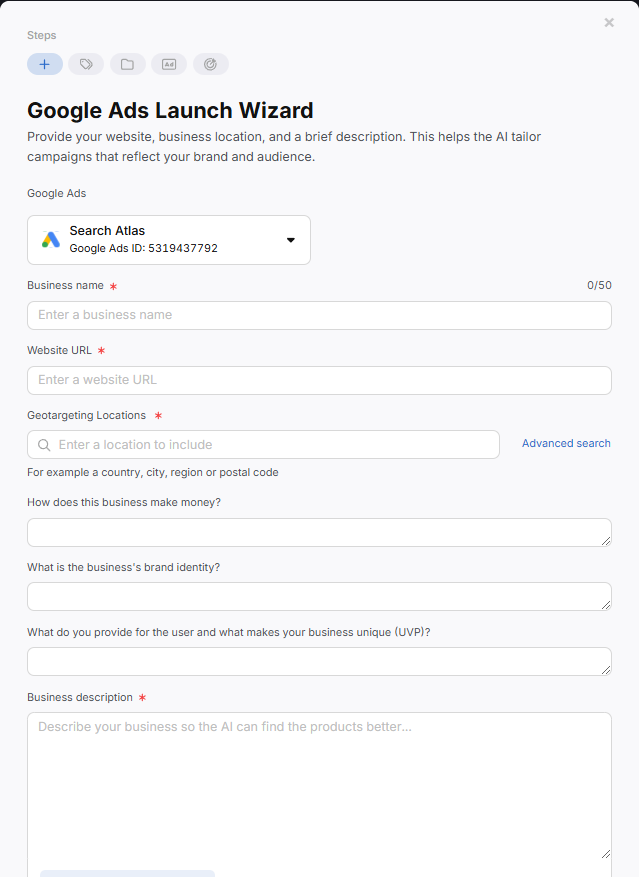
It also gives you full control over the ads you use. You get multiple variations for each, and all you need to do is approve and launch.
2. Target the Best Keywords: Get More Conversions for Less
OTTO automatically selects high-converting, low-cost keywords. By focusing on the most effective terms, it drives relevant traffic without wasting your budget on ineffective keywords.
It also automatically finds negative keywords to save you from ad spend waste.
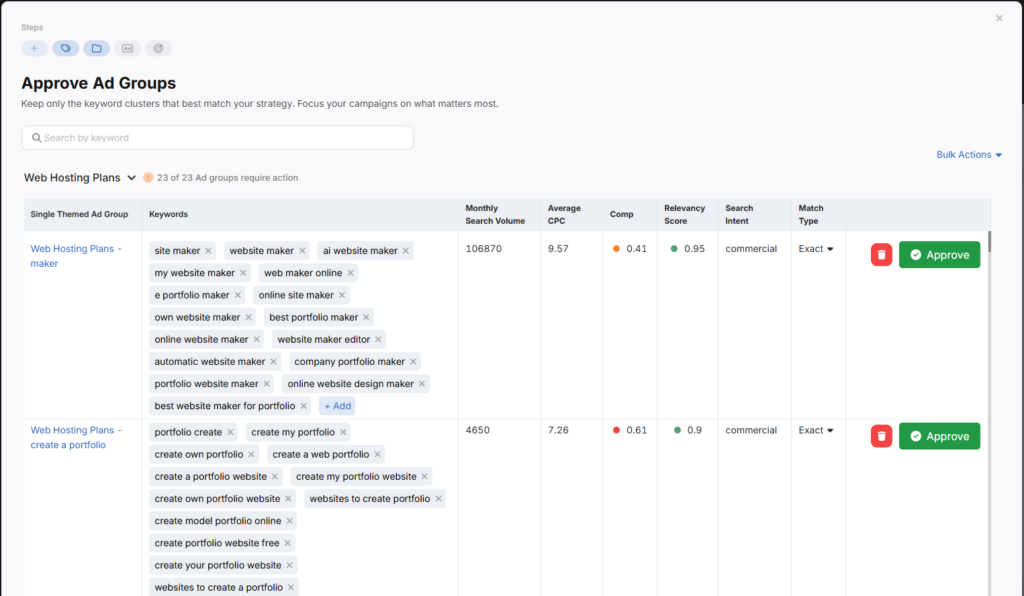
3. Automated Ad Copy: Increase CTR and Lower CPC
By generating optimized ad copy based on real-time data, OTTO creates ads that match your audience’s intent. This leads to higher click-through rates (CTR) and better Quality Scores, which lowers your cost-per-click (CPC) while boosting ad performance.
What you get is more clicks for less money, and almost no time spent on campaign creation.
OTTO GA is part of an all-in-one platform that combines SEO, PPC, content, and digital PR. This means all your marketing data is in one place.
Cut the Cost of PPC With OTTO Google Ads
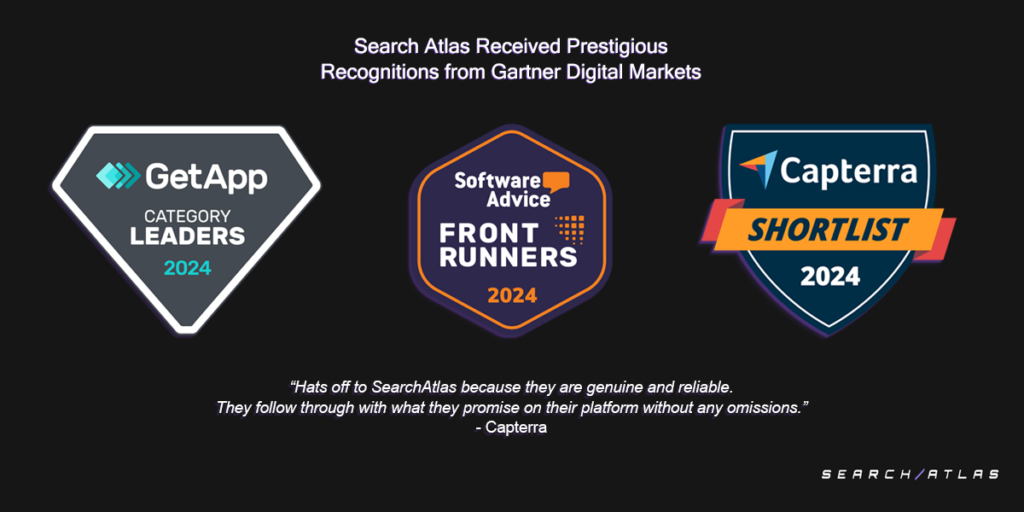
As the cost of PPC continues to rise, particularly with Google Ads, it’s becoming increasingly important to optimize every dollar spent.
With CPC rates surging across industries in 2025, businesses are facing more pressure than ever to achieve better results without overspending. While Google Ads can offer substantial returns, the rising costs make it crucial to use the right strategies to keep expenses in check.
By leveraging automation and AI tools like OTTO Google Ads, businesses can save money and drive higher ROI. OTTO’s smart bidding, automated targeting, and real-time optimizations ensure that your Google Ads budget works harder for you, maximizing every opportunity for profit.
Make sure your budget is being spent in the smartest, most efficient way possible. Try OTTO Google Ads with a free, 7-day trial, with no commitment.


